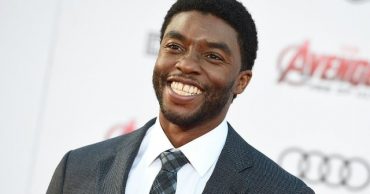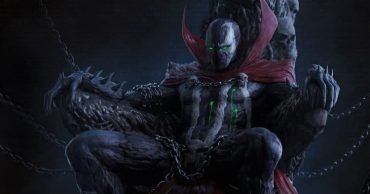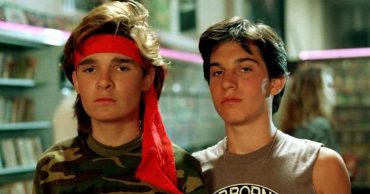Captain America/Steve Rogers, played by Chris Evans is the favorite superhero of many. It’s easy to see why he remains one of the most popular MCU superheroes; Cap’s everyman beginnings and his tenacity resonate with fans the world over. Captain America’s MCU debut was lowkey when he first came to the screen in 2011 in The First Avenger but the character has had a strong on-screen presence since.
Cemented by his inclusion in The Avengers (2012), what Chris Evans brought to the screen was loved by millions all over the world. It was in Avengers: Endgame that we truly witnessed the culmination of his awe-inspiring journey and what Captain America truly stood for. This article dives deep into Captain America and his overall character arc and how it all summed up to perfection in Avengers: Endgame.
Avengers: Endgame Was the Perfect Bow for Steve Rogers’ Captain America 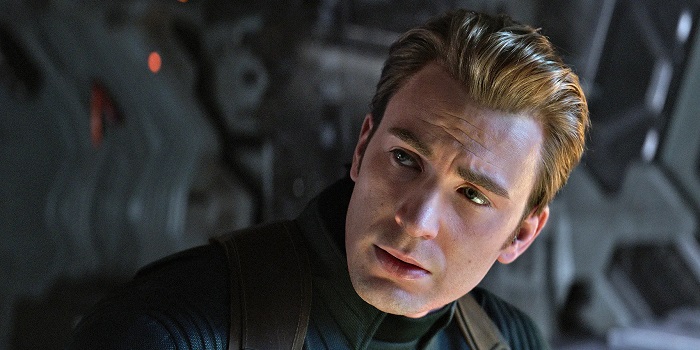
By the end of Avengers: Endgame, Captain America undergoes a profound transformation. Steve Rogers evolves from a confused soldier burdened by loss into a man who finds both purpose and peace. Through the film’s possible time travel, he reconciles with his past, finds love, and comes to terms with his role in a changed world. For the first time ever, he gets to embrace his own needs while sacrificing his present. He also decides to pass on the shield to Sam Wilson, also known as Falcon. It signified not just the end of his tenure but the completion of a character arc that spans years and covers themes of duty, friendship, and self-discovery.
The only audience members who did not like Chris Evans’ Captain America’s ending was the one who wanted to see more of him in the upcoming MCU movies. Otherwise, it was perfect. He grew into a full-fledged leader whom Mjolnir responded to. In MCU, that’s a dream ending any superhero would hope for.
Key Scenes Involving Captain America in MCU
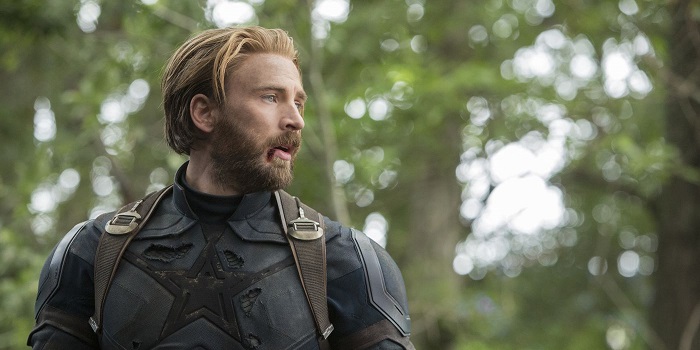
From jumping on a grenade to save others in Captain America: The First Avenger and becoming a selfless hero, to having a dance with the love of his life, Peggy Carter — Captain America’s journey in the MCU was profound. In The Avengers, he faced the challenge of acclimating to a changed world. In Avengers: Civil War, he had his differences with his friend Tony Stark but stood strong regardless.
He also stood alone against Thanos in Avengers: Infinity War which underlined his physical strength as an avenger and unyielding commitment to fighting tyranny. After Tony Stark‘s death, he refers to the loss of his friend, “Earth just lost its best defender.” A line that clicked with many and is still utilized in pop culture. His friendship with Bucky was another aspect that contributed to his overall journey. And all of this led to his iconic scene in Avengers: Endgame where he picks up Mjölnir, followed up by his epic line, “Avengers, Assemble,” — a scene that had audiences on the edge of their seats, praising and rooting for the masterpiece. This scene was inarguably Captain America’s peak moment in MCU.
Captain America’s Relationships with Other Characters
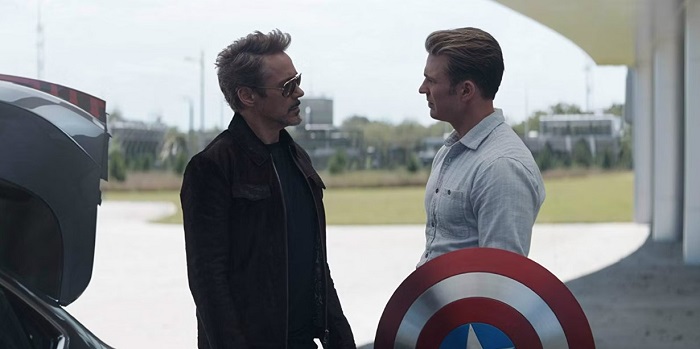
If there is one thing we can judge a person’s reputation for, it’s through his relationships with his friends and family. Everybody knows how selfless Captain America was. Starting from Tony Stark and despite their initial disagreements, the two reconcile in Endgame and mend a friendship that proved stronger than any rift. Thor knew that there was something in Steve Rogers that enabled him to move his Mjolnir a bit during a friendly competition — that’s what Thor referred to during the final battle scenes of Avengers: Endgame when he said, “I knew it.”
His bond with Bucky Barnes, the Winter Soldier, sees its most tender moment when Bucky tells Steve, “I’m going to miss you,” — the moment that cemented a friendship that had endured wars, heartbreak, and time. To Sam Wilson, he didn’t just pass on his weapon (his shield) but passed on his legacy. And finally, Peggy Carter, who he eventually returned to and made peace with his journey. His relationship with each and every character sums up to define as we remember him today.
Captain America’s Role in the Final Battle Against Thanos
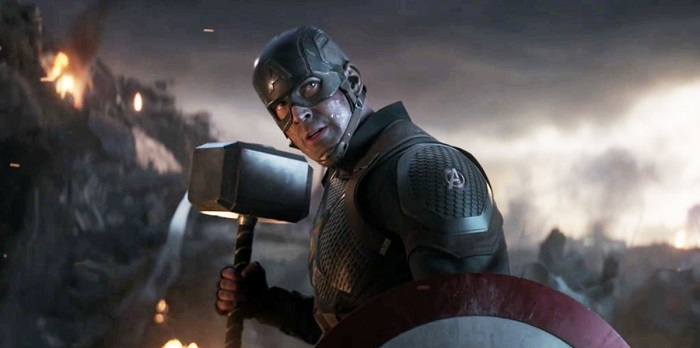
In the battle against Thanos, Captain America was fighting to win or die. He gave Thanos a hard time but since Thanos was arguably stronger, it was almost impossible to defeat him. And just when all seemed lost, Dr. Strange came through with his portals. The rallying cry, “Avengers, Assemble,” served as the catalyst for the team’s resurgence and transformed the tide of battle. Cap’s tactical acumen, combat prowess, and inspirational leadership came through during the final battle against Thanos. While some may disagree, it wouldn’t have been possible to defeat Thanos if it wasn’t for Captain America — that’s how crucial he was.
References to Captain America’s Past and Future
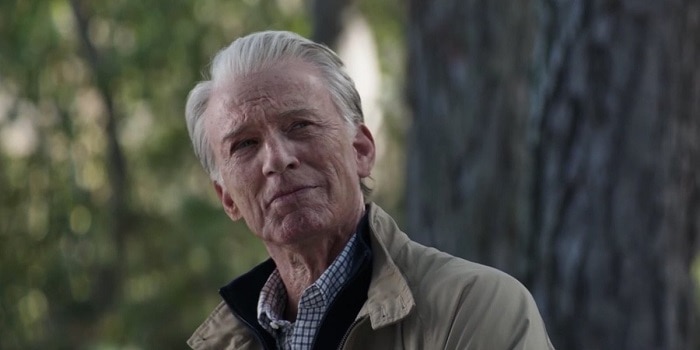
Avengers: Endgame is rife with references that pay homage to Captain America’s storied past and hint at his future. The “Hail Hydra” elevator scene revisits a contentious moment from Captain America: The Winter Soldier where Cap took on multiple Hydra agents. Plus, his encounter with his past self served as a reflection of his personal growth.
As he passes on his shield to Sam Wilson, Cap opens a new chapter for the Captain America legacy, setting the stage for The Falcon and the Winter Soldier. The dance with Peggy Carter is the ultimate callback. It gives the audience a dive into a ‘what if’ that had been lingering since his debut. All in all, Avengers: Endgame is more than just a blockbuster; it serves as a reverential tribute to Captain America. It honors his legacy while poignantly answering long-standing ‘what-ifs’ while setting the stage for the future. It’s the farewell that Chris Evans‘ Steve Rogers deserved, and the ending that fans may not have wanted but needed.
 Follow Us
Follow Us
